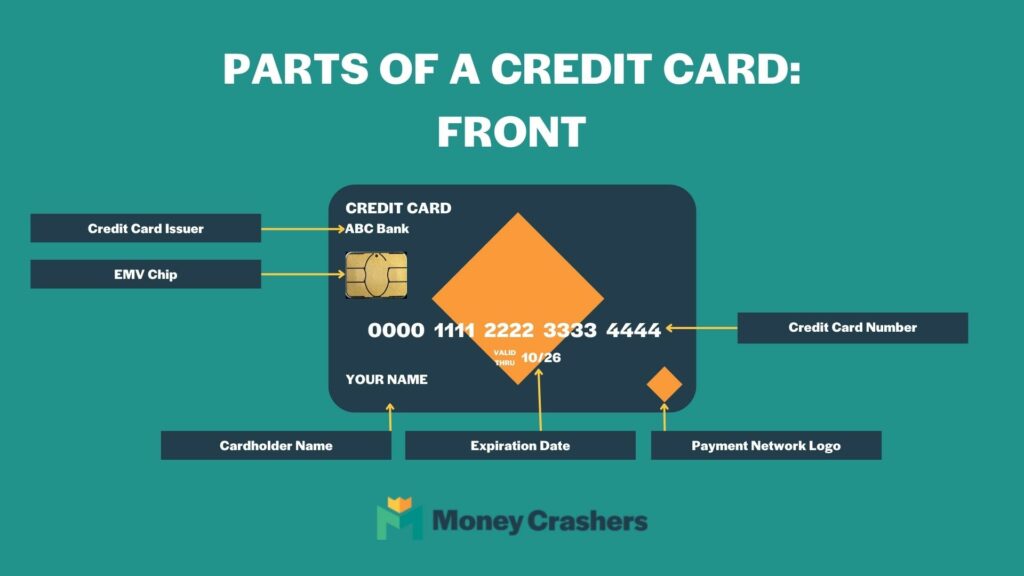[ad_1]

While President Biden and House Speaker Kevin McCarthy reached an agreement in principle to avoid a federal debt default, the clock is ticking for Congress to seal the deal.
Treasury Secretary Janet Yellen warned the US government may run out of money as soon as June 5 if the debt ceiling is not raised. She didn’t mince words at a recent press conference on the matter.
“A default would crack open the foundations upon which our financial system is built,” she said on May 16. “It is very conceivable that we’d see a number of financial markets break – with worldwide panic triggering margin calls, runs, and fire sales.”
Although a voluntary default by the US government seems unlikely, recent years have taught both investors and financial advisors the need to prepare for unpredictable ‘black swan’ events.
Ticking Debt Bomb
According to USdebt clock.org, the country’s total outstanding public debt is nearing $32 trillion. This makes the US the third most indebted among developed countries as a percentage of GDP after Japan and Italy.
The prospect of Washington running out of money sounds like financial armageddon. Yet history has come dangerously close to the fiscal cliff many times before, and each time managed to divert disaster just before hurtling over the edge. According to the US Department of the Treasury, the debt ceiling has been raised at least 78 times since 1960.
The current political circus and the around-the-clock updates can raise market volatility. This may be good news for tactical traders that take inter-day positions to try and profit from dramatic swings in market sentiment. Yet most investors may be more inclined to sit tight until the storm passes.
“I have prepared clients throughout the year by reducing risk and adding more short-duration bond funds in place of equities,” says Doug Greenberg, advisor at Pacific Northwest Advisory. “Additionally, diversification is key during these uncertain times as well as not making any large stock or allocation moves ahead of an agreement.”
Back to Bonds?
A default would severely undermine the perceived iron-clad security of government-issued bonds.
The debt deadline is reconfiguring the risk profile for short-term Treasury bills. Yields for bonds that mature in June have soared in recent weeks, reflecting investor anxiety the government may not pay them back come mid-year.
This may sound good for those holding US government debt. Yet even if Washington misses its deadlines and runs short on cash to pay its bills, that won’t necessarily mean it won’t repay its debt to bondholders. There is a historical precedent for the government to prioritize bond payments too.
“In the debt ceiling standoff in 2011, the Treasury stated that they would continue to make interest payments on Treasury bonds and Medicare,” explains Amar Shah, CFA, CFP, founder, and CIO of Client First Capital. “Everything else would be some decreased payment.”
“Investors should know there’s a difference between a technical default and a default. A technical default is a missed payment that gets paid within a short time frame, such as 30 days,” says Jonathan Bird, wealth advisor of Farnam Financial. “Should this [a default] happen, expect to see US treasury prices increase rather than decrease as investors flock to safety. Paradoxically, even in a default scenario, the safest asset is still US Treasuries.”
Beyond bonds, commodities also are a safe haven for a store of value.
“In the storm of uncertainty, gold remains a core holding,” says Shah. “Especially with the uncertainty in the economy and a potential for a Fed reversal in policy in the future, as real rates decrease, gold tends to do well.”
“The chances of a deal getting done before the deadline are pretty high, in our opinion,” says David Berns, Financial Planner at Truadvice Wealth Management. “The difference today is the media coverage it gets and how the political parties get their 15 minutes of fame to bark at each other. No party wants to be responsible for not getting a deal done and possibly hurting their own chances of getting reelected.”
Other experts see this as likely a passing storm and not overact to the media cycle.
“We are advising clients who are concerned to keep things in perspective and to stay the course,” says Berns. “Unless something has changed dramatically in your life, put the noise at bay and continue to live your life of significance.”
“I do not recommend changing your portfolio to prepare for a debt crisis,” says Bird. “As always, make sure your portfolio is properly balanced for your long-term goals.”
For cautious investors, now may be a time to hedge against the risk of default, either with bonds, commodities, or foreign currencies. Many more may see a passing storm with little need to worry.
The current crisis serves as a real-time litmus test for the American political and economic system. Ultimately, how individuals approach preparing for the looming debt crisis may reflect their outlook on the US and the long-term prospects for the country’s future.
This article was produced by Wealthtender and syndicated by Wealth of Geeks.
[ad_2]












